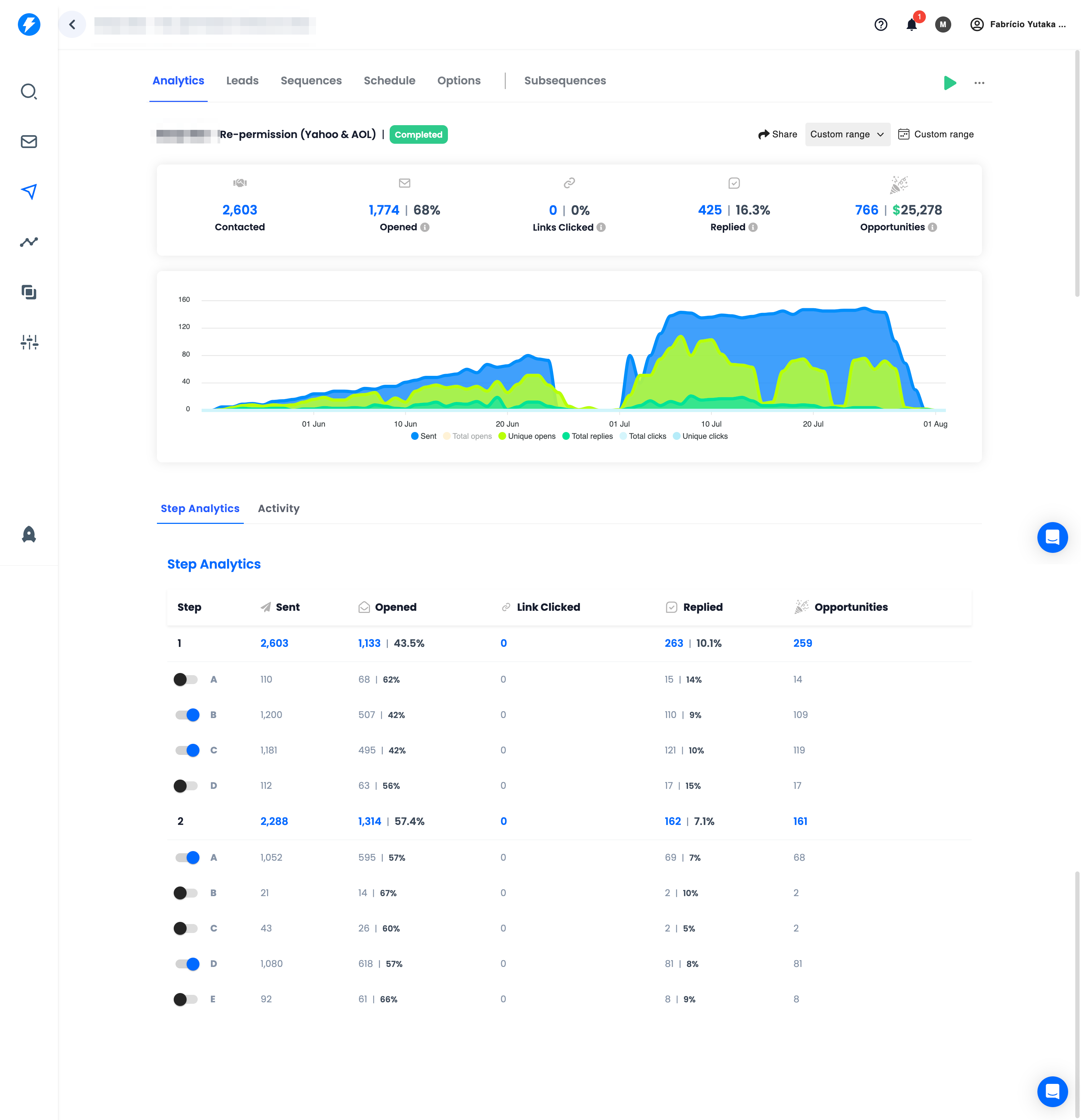Resend’s article, “How to Warm Up a New Domain,” offers a practical guide for establishing a solid reputation when you start sending emails from a new domain. Even with opt-in lists, or even double opt-in lists, it’s essential to follow a warming process to ensure high deliverability.
Key Highlights
Separation of Subdomains by Email Type
Using distinct subdomains for different categories of emails—such as transactional, marketing, and product-generated messages—is a recommended practice. This approach protects the reputation of the main domain, ensuring that problems in one category don’t affect others.
Gradual Warming is Mandatory
Regardless of whether the list is (double) opt-in, starting to send large volumes of emails without prior warming can result in blocks or redirection to the spam folder. Warming involves gradually increasing the volume of emails sent, allowing email providers to recognize and trust the new domain.
Attention point: Need for Warming When Changing Platforms
Even when using an existing domain, transitioning to a new email sending platform requires minimal warming. This helps establish the domain’s reputation on the new infrastructure and avoids deliverability issues.
✅ Checklist for Warming Up a New Domain
- Sending Volume: Define clear goals for the volume of emails to be sent.
- Establish a Schedule: Determine a period for warming, adjusting according to the planned volume.
- Verify Domains in Advance: Ensure all domains and subdomains are properly authenticated.
- Use High-Quality Lists: Send emails only to engaged recipients who have opted to receive them.
- Gradually Increase Sending Volume: Start with small batches and progressively increase.
- Monitor Deliverability Metrics: Track open rates, clicks, and complaints to adjust the strategy as needed.
To read the complete case study, see Resend’s article: How to Warm Up a New Domain
Implementing these practices is essential to ensure your emails reach recipients’ inboxes and maintain a positive reputation with email providers.

